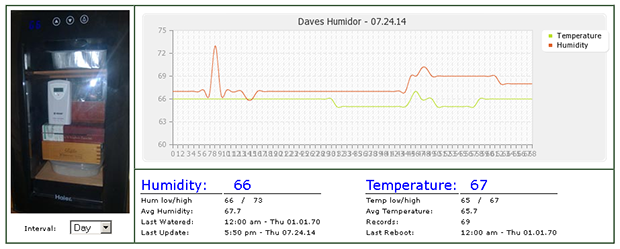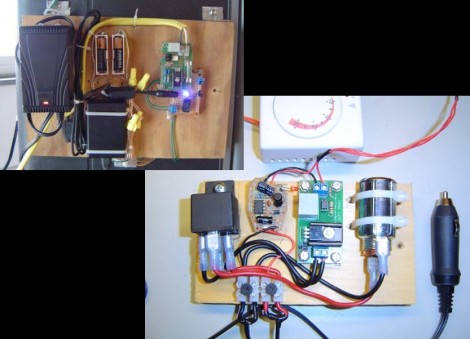We know, we know. They are bad for you. You shouldn’t start, but some people do love a cigar. And a fine cigar is pretty particular about drying out. That’s why tobacconists and cigar aficionados store their smokes in a humidor. This is anything from a small box to a large closet that maintains a constant humidity. Of course, who could want such a thing these days without having it connected to the Internet?
This fine-looking humidor uses a Raspberry Pi. When the humidity is low, an ultrasonic humidifier adds moisture to the air. If it gets too high, a fan circulates the air until it balances out. Who knew cigar smoking could be so high-tech? The humidity sensor is an AM2302. There’s also a smart USB hub that can accept commands to turn the fan and humidifier on and off.
The wooden cabinet was an existing humidor, apparently. [Atticakes] says he spent about $100 total but that a commercial equivalent would have been at least $250. You can find his source code on GitHub.
If you are vehemently anti-cigar, we should point out that there are other uses for such a device. Because of Denver’s low humidity, for example, the Colorado Rockies baseball team store game balls in a large humidor.
For the record, a zip lock bag can do in a pinch. Without something, the experts say the cigar starts to change negatively in two or three days.
First networkable humidor we’ve seen? Hardly. If you need something to light that stogie, we suggest a laser.














